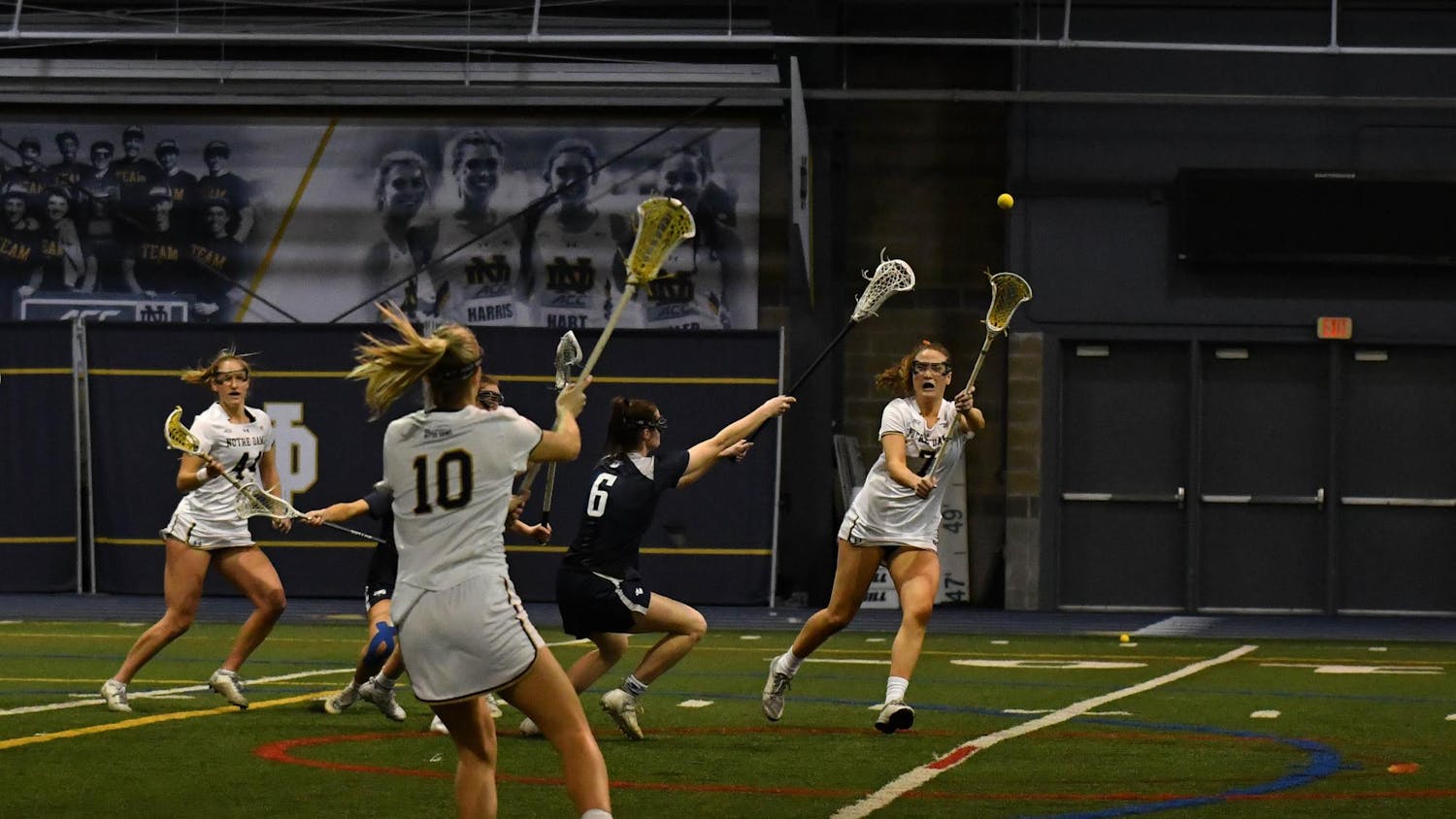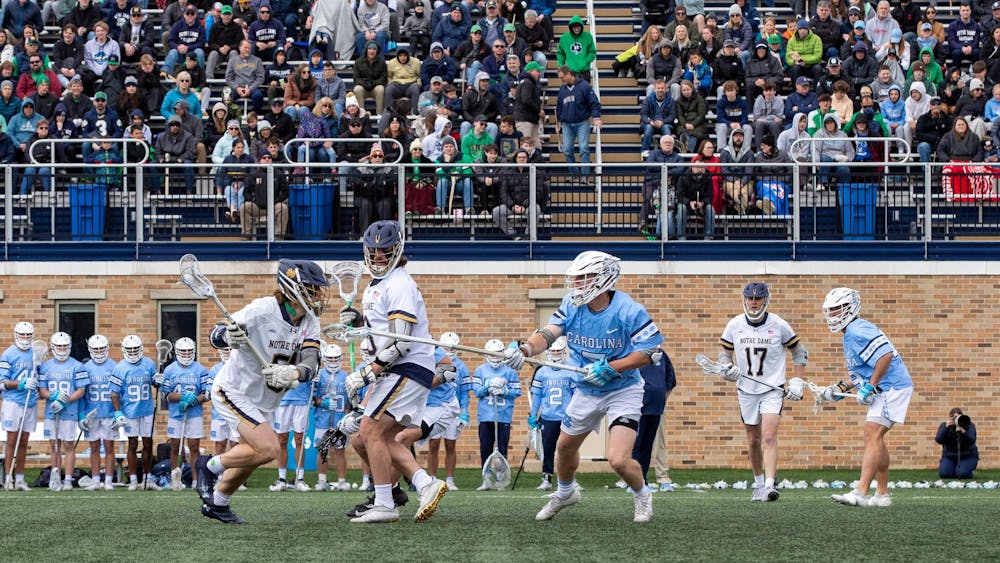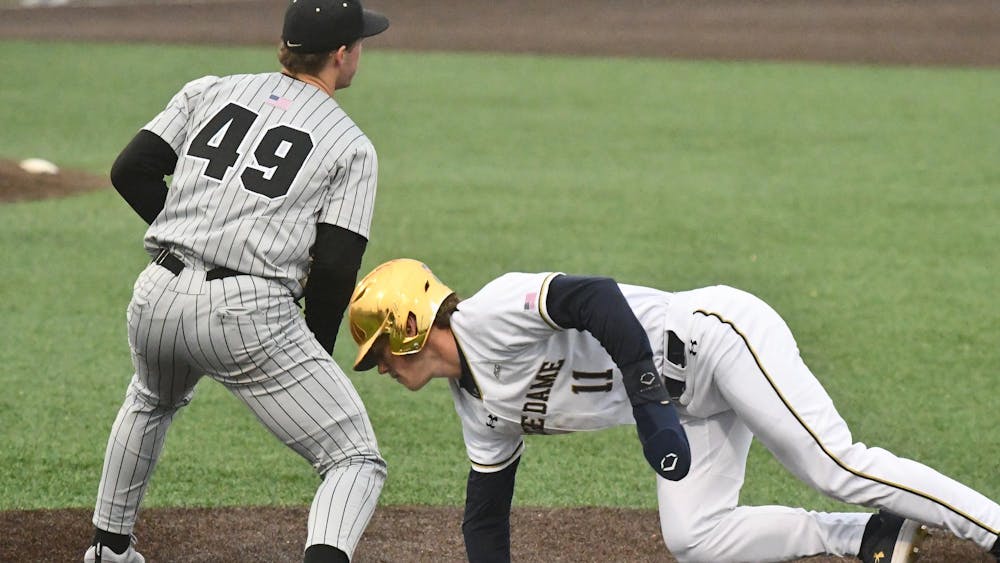Bye weeks are known throughout the football community as the week of the season where a team doesn’t practice or play a game. Each NFL team has one while a college team can have as much as two each season. Now the term is expanding to another sport.
Last season, the NHL announced that beginning in the 2016-17 season, each team will take a five-day period of rest during the season. No practice. No games. Each team’s bye week takes place at some point between Jan 1 and April 9 — essentially during the dog days of the hockey season.
The one-week break was implemented as a way to give players extra rest during the grueling NHL schedule that can include playing three games in the span of four days. However, the week of rest could prove to be problematic for some teams.
Over the course of the season, the players and coaches on a team work themselves into a groove in which they get used to the busy schedule. Giving them a week off of practice and playing in games could throw them out of that groove and sputtering to get back into the swing of things, which can be hard during this time of the season. This season in particular is a tough time to implement this policy, given how the majority of teams are still in the playoff hunt.
Bye weeks can also affect the playoff race in the NHL.
Let’s say Team A is only two or three points behind Team B for a playoff position when Team A enters their bye week. Team B has already had their bye week, and can widen their lead over Team A with a few wins while Team A can’t skate or practice. It puts teams’ in a tough position to find their groove again while chasing a playoff spot. It can also affect how teams decide what to do during the trade deadline.
The bye weeks will also affect teams later on this season due to the scheduling.
In a season where the schedule is already condensed due to the World Cup of Hockey in September, the bye weeks will condense the schedule even more, meaning that a lot of teams will play an unusually large amount of games during the last month of the regular season. The Chicago Blackhawks’ bye week is this week, and when it’s over they’ll play in four games during the first week back. That small stretch will serve as the time to get back in the groove of things before they play 16 games in 31 days during the month of March. That much hockey in that amount of time can only add to the wear and tear on players’ bodies. The bye week may help teams relax now, but they’ll need it even more later on in the season.
The Blackhawks aren’t the only team to face this dilemma. Every team will. The team the Blackhawks are currently chasing in the standings, the Minnesota Wild, will have their bye week later this month. After it’s over, the Wild will play their last 20 regular season games during a 35 day stretch. That can affect their performance down the stretch in trying to win the Central Division.
Has it had an effect on teams’ that have already had it? Let’s look at the numbers.
The New York Islanders had their bye from Jan. 1-5. In their first seven games after the break, the Islanders went 1-2-2. This stretch, along with the bad start to the season the Islanders had, led to the dismissal of head coach Jack Capuano. The Philadelphia Flyers had their bye from Jan. 16-20. They lost their last two games before the break before winning three of their first four games after the break ended. The New York Rangers lost their first three games after their bye from Jan. 8-12. The Pittsburgh Penguins won the first game after their bye, but then lost the next three straight. On Saturday, the Edmonton Oilers lost 5-1 in their first game back from their bye.
It’s still early in the process and the results so far are mixed, but the trend seems to be teams initially struggle coming back from the bye.
Let’s hope this doesn’t affect teams too much, or else a little extra rest during the season can inadvertently lead players to more rest during a longer offseason.













